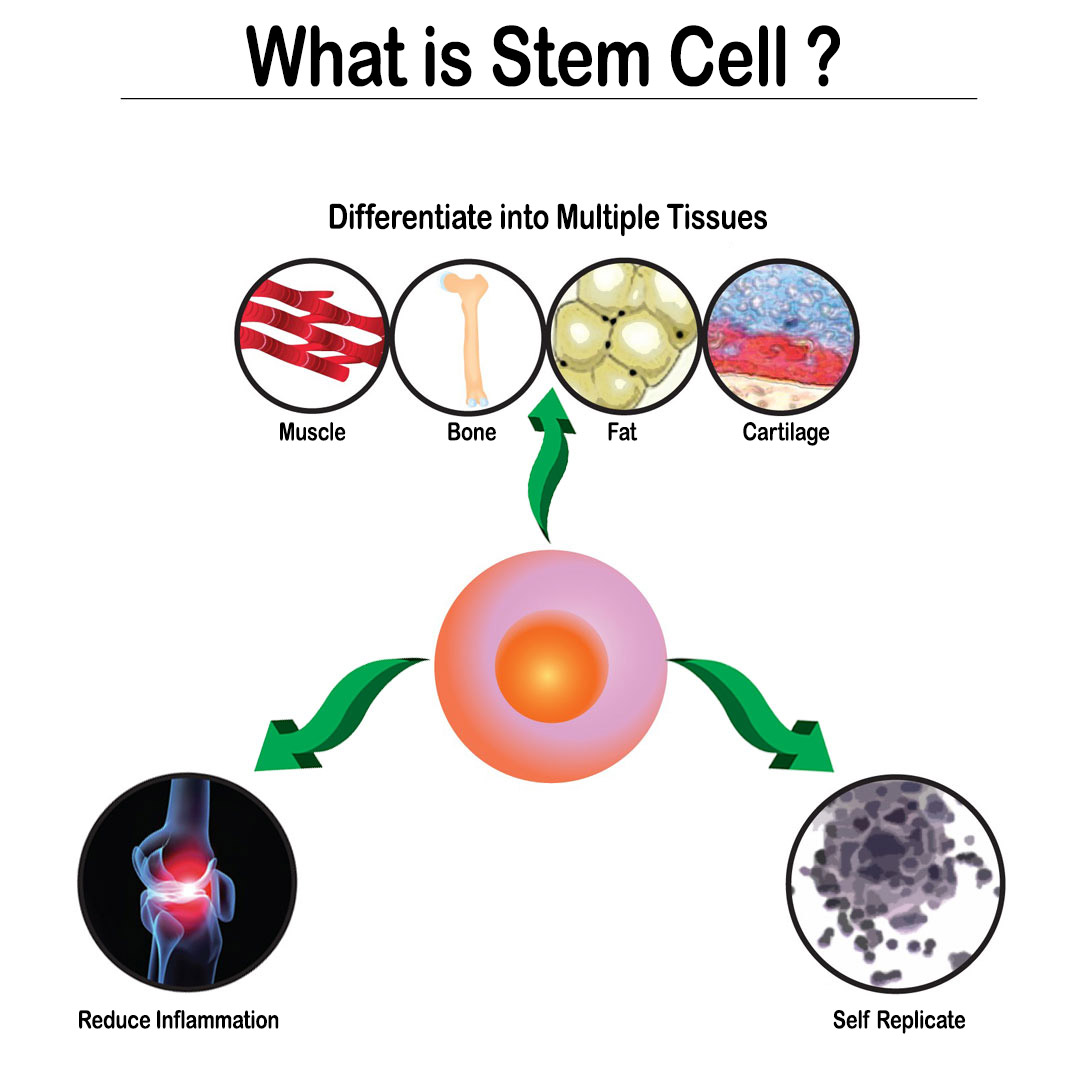Benefits of Stem Cell Therapy:
Today,stem cell treatments are applied as new treatments; as well as all over the world it has started to become widespread in recent times in Turkey. Although new research on stem cells continues, it is clear that the application provides significant benefits in the orthopedic field. Especially in knee arthritis, stem cell therapy is promising. Cartilage damage is very difficult to heal on its own. At this point, while stem cell therapy is beneficial, after the application, pain relieves and movement limitations are improved.
Are there any side effects of stem cell therapy?
Since stem cells are obtained from the person’s own tissue, they do not cause any side effects or allergic reactions. There is a risk of local side effects only allied with intervention and 5% risk of temporary swelling in the knee. These side effects usually disappear within 1-2 weeks.
Whom are stem cell therapy can not used on?
It is not applied to people who use anticoagulant drugs and have; bleeding-clotting disorder, infection, rheumatic diseases and immune system weakened for different reasons.
In aspirin-like drug users, the drug should be discontinued 5 days before the intervention.
When does the effect of stem cell therapy begin and how long does it benefit?
Since the studies are very recent, 2 years of results have been reported. Accordingly, the effect of the application is occurs within a month and usually the effect lasts for 2 years.
How many times can stem cells be applied?
Usually single dose administration is sufficient. However, the process can be repeated as required.
How much does stem cell cost?
Although the cost varies according to the type of the disease, the region to be applied, the type and amount of stem cells to be applied, stem cell treatment has decreased to easily accessible costs thanks to the widespread use and the decrease in consumable prices due to competition.
Does Stem Cell Therapy provide a solution for all joint pain?
Today, joint pain is a very common problem and there are no people who have not experienced joint pain in their life.
However, not every joint pain is the same. As all joints are different, even the right and left side joints of the person are different from each other. In addition, joint pain not occurs due to a single cause. For example; calcification, trauma, rheumatic diseases, blood diseases, congenital joint diseases. In addition to these, personal factors (weight, muscle structure, sex) affect the amount of joint wear.
Therefore, no patient is the same as the other, and even the right and left joints of the same person are different from each other. Therefore, each individual, each joint should be evaluated individually; the treatments that can be applied after necessary examinations should be determined, the results that can be obtained as a result of treatment should be discussed with the patient and expectations should be determined well.
Is stem cell therapy a solution that eliminates knee replacement surgery?
Stem cell therapy is a new hope for the treatment of cartilage damage that can be seen in every part of the society. Stem cell therapy is a good treatment for arthritis with mild or moderate cartilage erosion. However, stem cell therapy does not replace prosthesis surgery in advanced cartilage loss and even bone deformed joints, but it may delay the surgery for a while.


